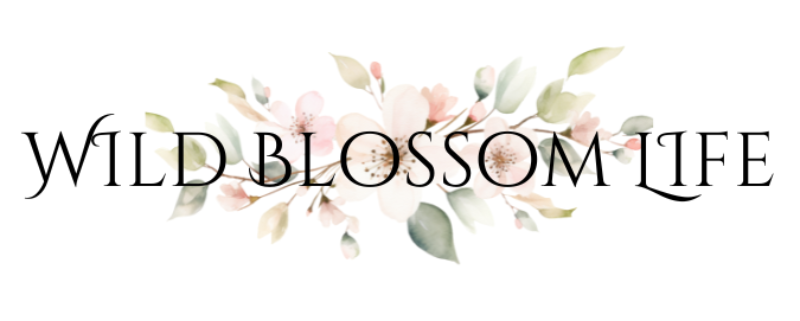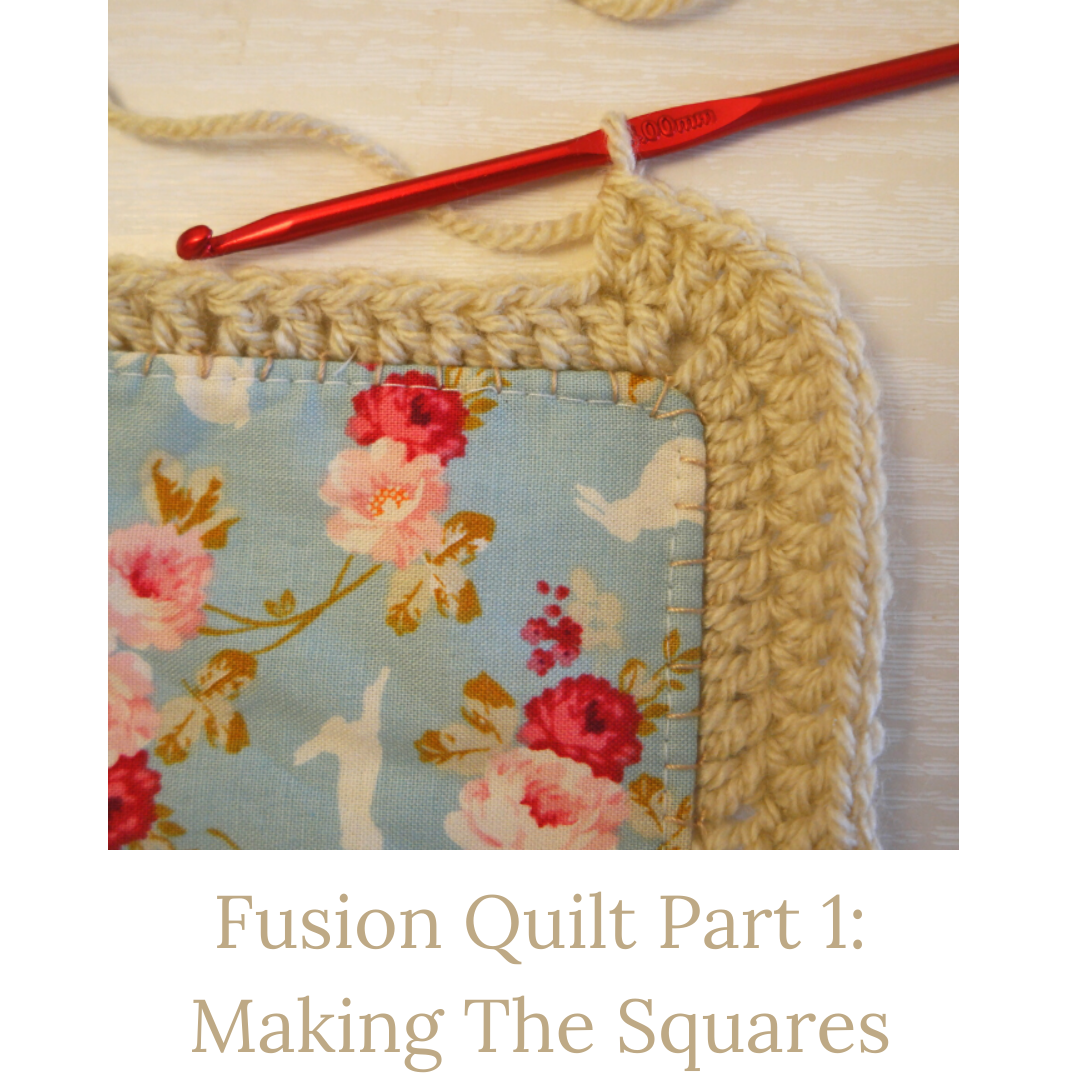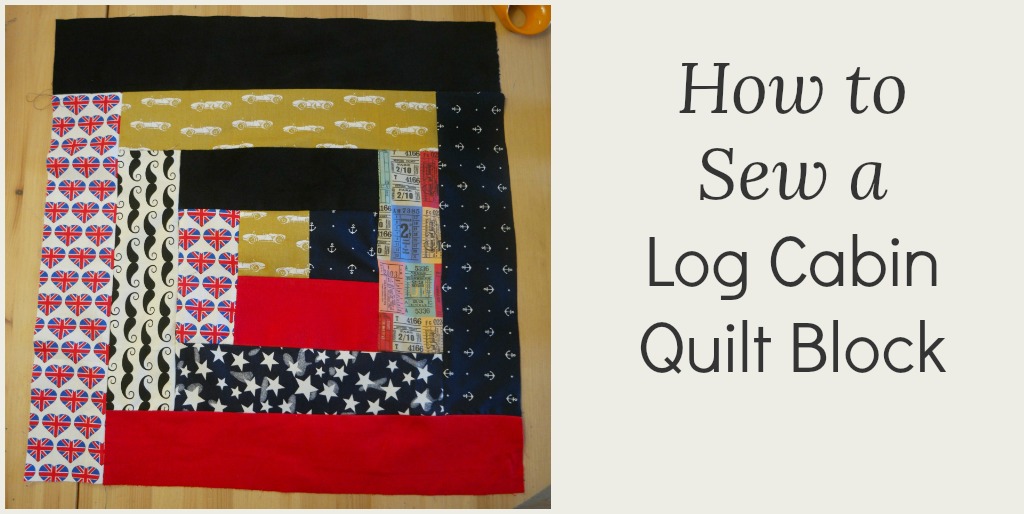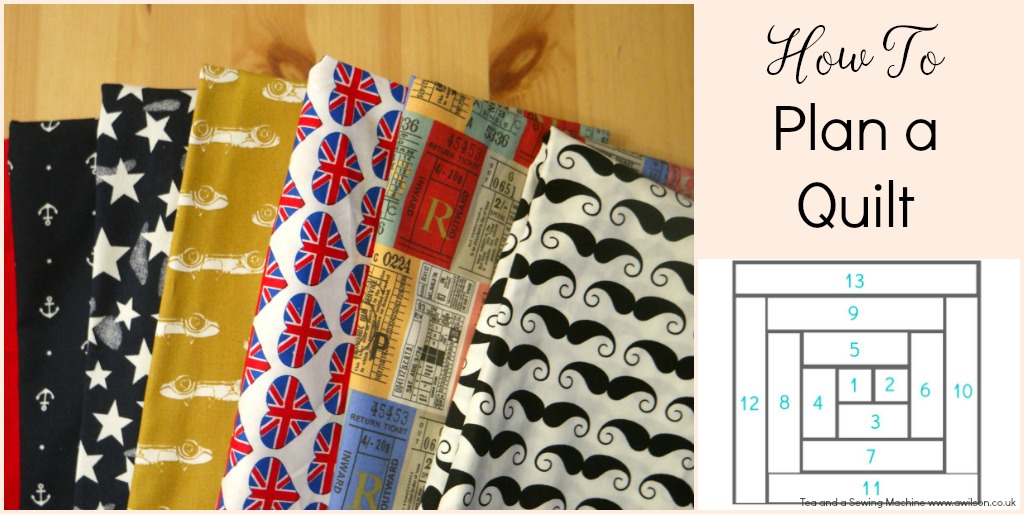Fusion Quilt Part 1: Making The Squares
One of the things that I’ve had on a Pinterest board for a long time is this. It’s a fusion quilt, which basically means that you make quilt squares then crochet them together, so it fuses sewing with crochet. Every time this quilt pops up again, or when…



